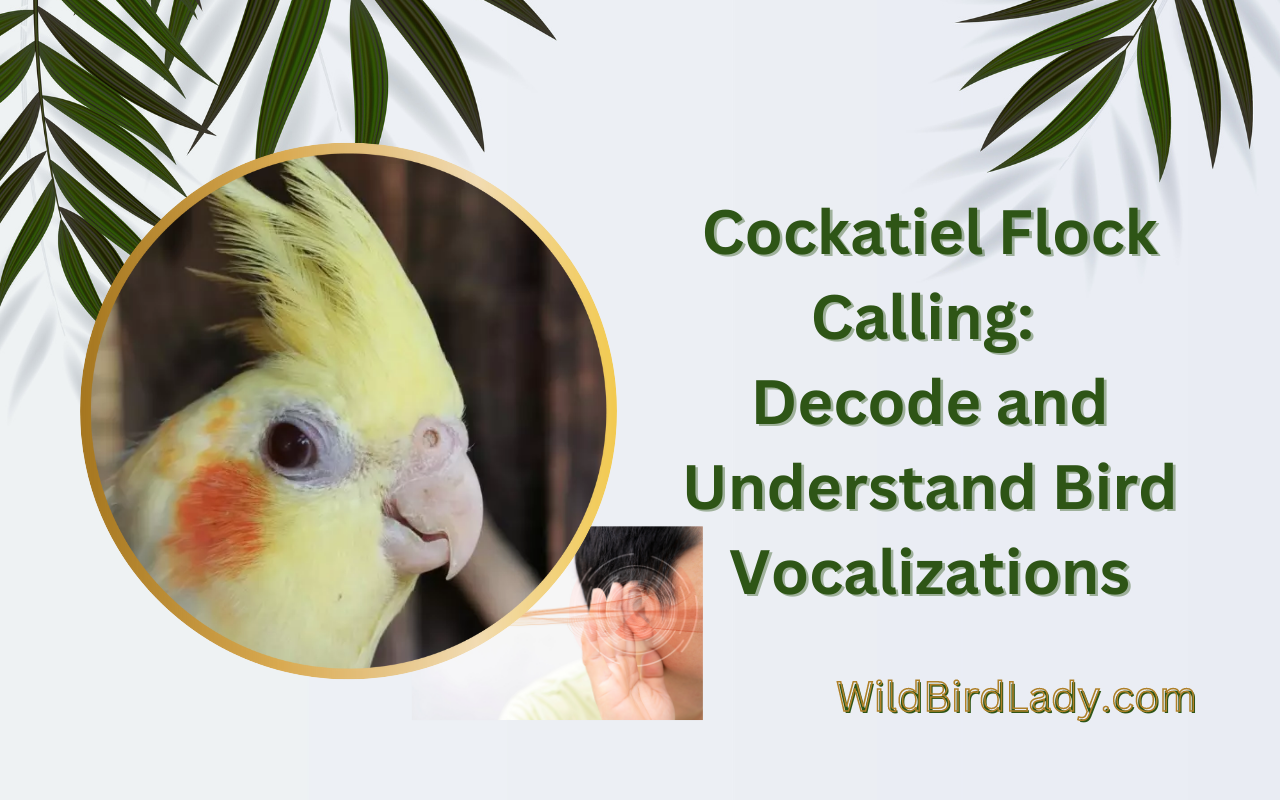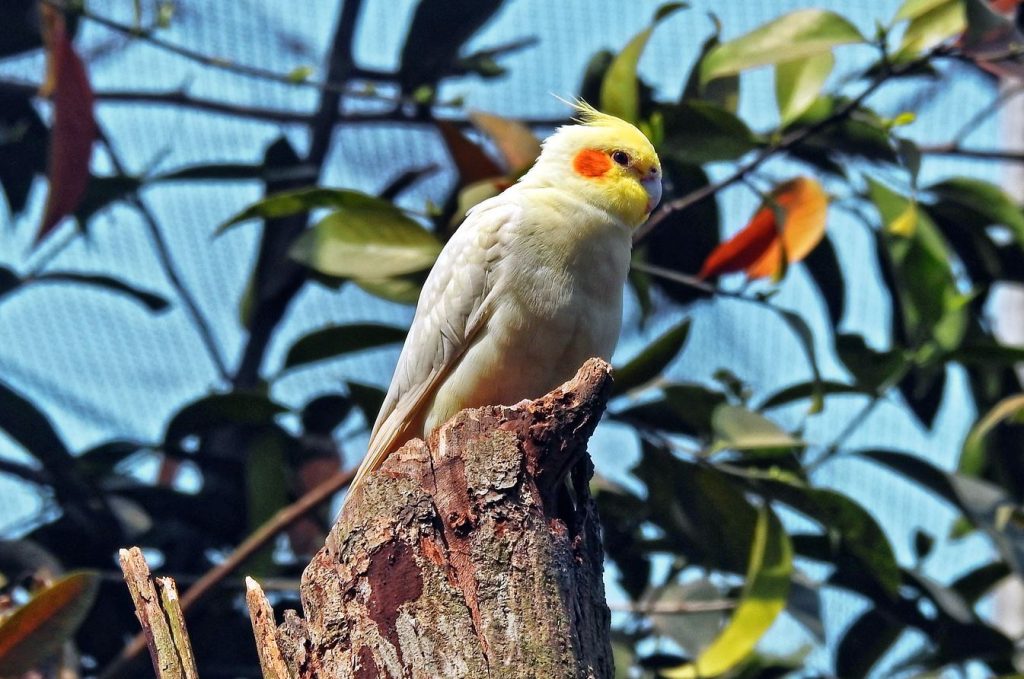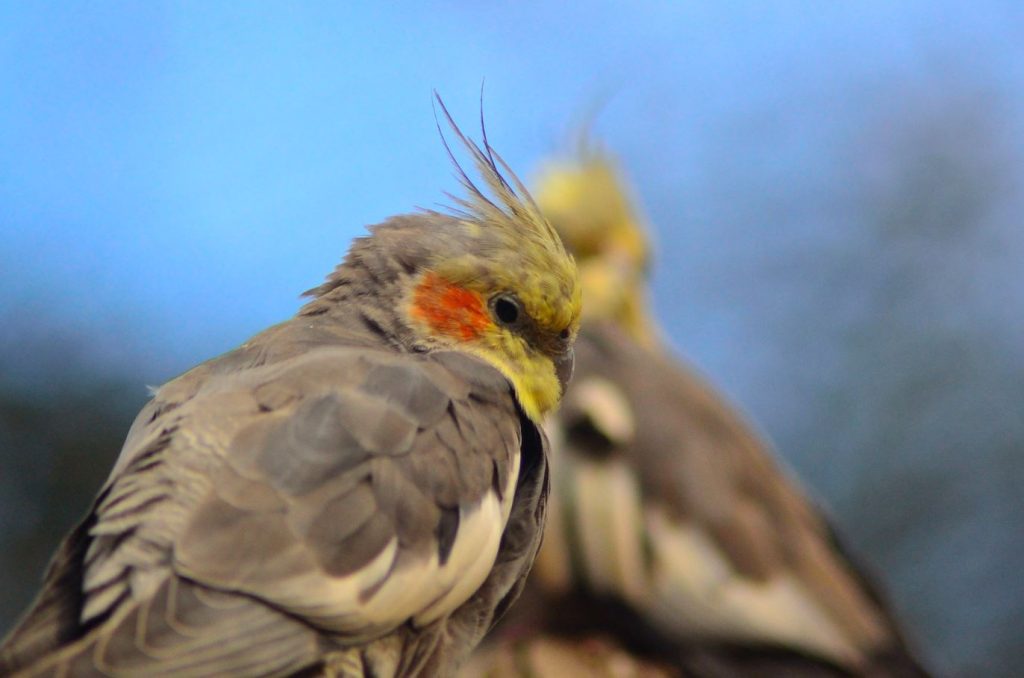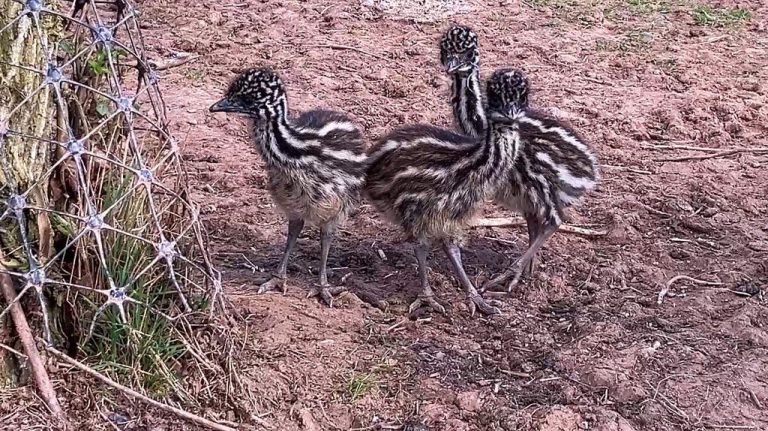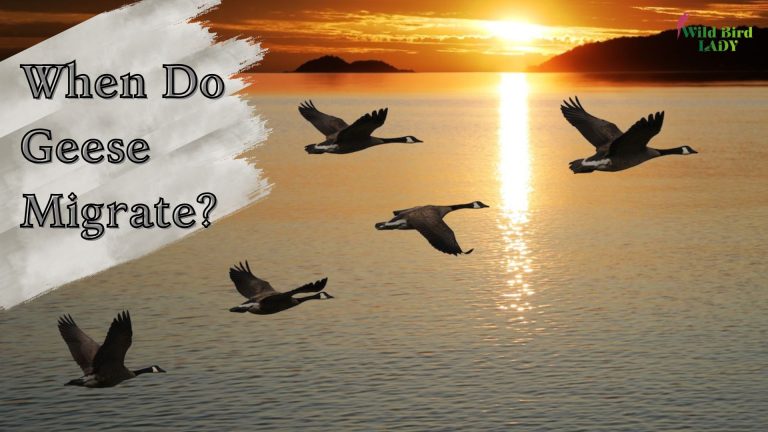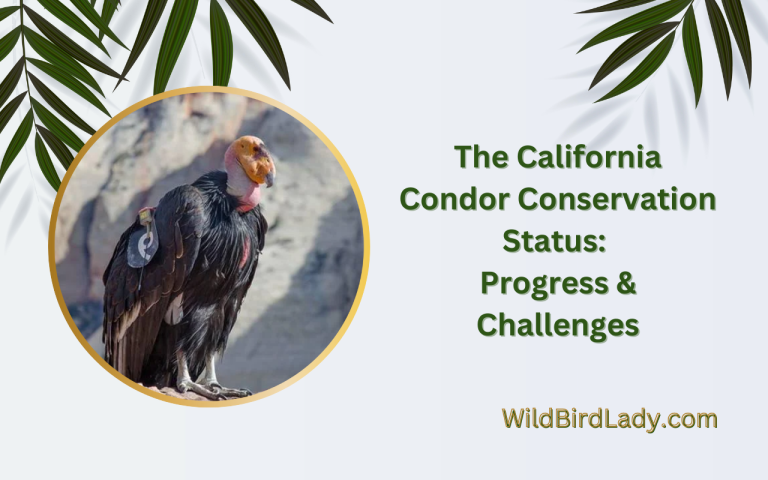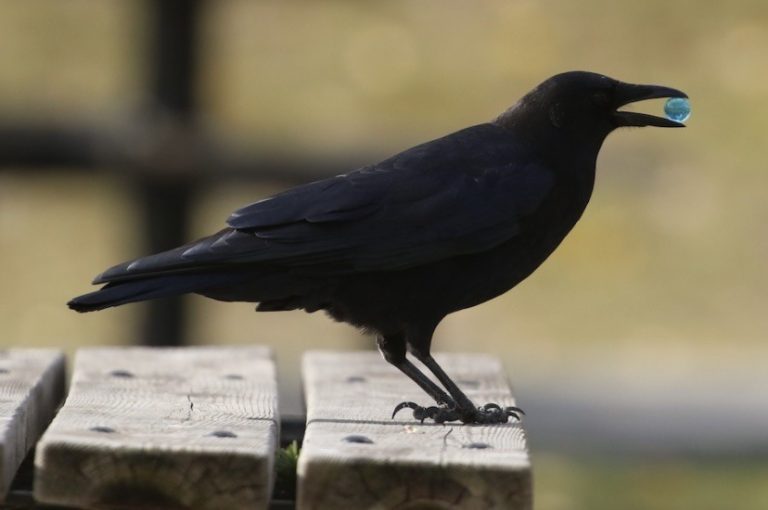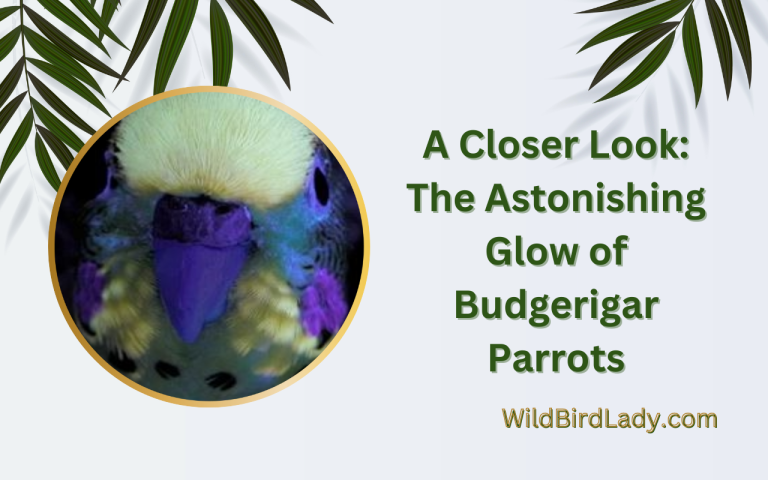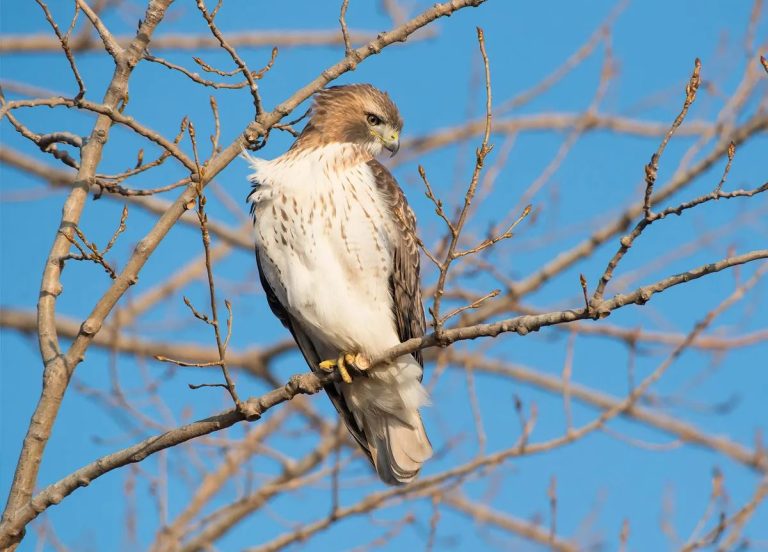Cockatiel Flock Calling: Decode and Understand Bird Vocalizations
Attention, all bird enthusiasts and aspiring Dr. Dolittles!
Get ready to spread your wings and delve into the fascinating world of Cockatiel Flock Calling: Decode and Understand Bird Vocalizations. Have you ever wondered what those chirps, whistles, and squawks actually mean?
In this article, we’ll unravel the feathered mysteries of these delightful creatures, revealing the secrets behind their unique vocalizations. So, grab your avian dictionary and prepare for a chirp-tastic adventure that will leave you squealing for more!
Cockatiel Vocalizations
Cockatiels love to vocalize, and as a responsible pet owner, it’s essential to understand the meaning behind their sounds. They use different vocalizations to convey various messages such as calling out to their flock, expressing fear or excitement, and for courtship.
Types Of Vocalizations: Songs, Calls, And Contact Calls
- Songs: Cockatiels love to sing, and they do it to express happiness, greet their favorite people, or proclaim their territory. Male cockatiels tend to sing more frequently than their female counterparts. They usually sing during the breeding season.
- Calls: Cockatiels make various sounds to communicate with their bird friends and to get your attention. These sounds can include loud or soft whistling, chirping, and squawking.
- Contact calls: Cockatiels have their unique contact calls, making it easy for them to find their way back home or locate their flock. A well-known contact call is a “scream,” which they use to alert their friends of impending danger or predators.
Differences In Vocalizations Between Male And Female Cockatiels
Male and female cockatiels have distinct vocalizations that set them apart. Male cockatiels tend to whistle and sing more frequently than females. Females, on the other hand, make soft chirping sounds and sibilant notes.
Decoding Cockatiel Body Language
Different Types Of Cockatiel Body Language: Posture, Feathers, Beak, And Eyes
Cockatiels use their body language to show their feelings.
- Posture: A relaxed and comfortable bird will stand up straight with its wings tucked into its body. However, if your bird is stressed or anxious, it may crouch with its feathers fluffed to indicate discomfort.
- Feathers: When a cockatiel’s feathers are flat and sleek, the bird is calm and content. If the feathers are raised, it indicates aggression or fear.
- Beak: Barred beak indicates that the bird is content, while a wide-open beak indicates aggression or alarm.
- Eyes: A relaxed bird will have half-closed eyes, while angry or alarmed cockatiel’s eyes will appear larger and flash rapidly.
How To Interpret Cockatiel Body Language
Learning how to interpret your cockatiel’s body language is crucial for understanding its needs and providing the appropriate care.
- Observe your bird’s behaviour daily
- Understand how each cockatiel behaves differently
- Be patient and gradual with every bird behaviour change
- Build a trusting relationship with your bird by speaking to them with kindness and look for physical indications of comfort
Identifying Common Cockatiel Vocalizations
The Meaning Behind Cockatiel Screeching, Squawking, And Screaming
Cockatiels are known for their vocalizations, and sometimes their noises can be a bit overwhelming. Here’s what you need to understand about some of the most common vocalizations.
- Screeching: This is the most common sound that cockatiels make. They screech when they’re frightened, excited, or trying to get your attention. If they’re screeching excessively, they may be feeling anxious or restless.
- Squawking: Squawking is a bit louder than screeching and can be a sign that your bird is feeling threatened or agitated. Cockatiels may squawk if they feel like they’re in danger or if they’re trying to protect their territory.
- Screaming: Cockatiels can also scream, usually loudly and repetitively, if they’re feeling stressed or upset. Screaming can also be a sign of distress or pain and is not a sound that should be taken lightly.
Understanding Cockatiel Hissing And Growling
Hissing and growling are more aggressive sounds that cockatiels can make.
- Hissing: Hissing is a warning sign that your bird is feeling aggressive or territorial. They may hiss if they feel like their space is being invaded or if they’re feeling threatened in some way.
- Growling: Growling is a more intense and aggressive sound than hissing. It’s a sign that your cockatiel is feeling extremely threatened or agitated. You should be careful when approaching a growling cockatiel, as they may bite or attack.
Interpretation Of Cockatiel Whistling And Chirping
Whistling and chirping are some of the more pleasant sounds that cockatiels can make.
- Whistling: Whistling is a sign that your bird is feeling happy and content. Cockatiels are known for their whistling abilities and may even whistle a tune they’ve picked up from their environment or from their owners.
- Chirping: Chirping is a softer and more melodic sound that cockatiels make. They may chirp when they’re feeling relaxed or sleepy, or when they’re trying to communicate with other birds.
The Significance Of Flock Calling
Cockatiel Flock Calling: How To Interpret Your Bird’s Vocalizations
Flock calling is an essential part of cockatiel communication that allows these birds to convey messages and express emotions to their peers. Understanding the different types of flock calling and its significance is essential in building a strong bond with your bird.
The Different Types Of Flock Calling
Cockatiels use various types of flock calling to transmit different messages. Understanding the different types can give you a glimpse into your bird’s emotional state and immediate needs.
- Contact calls – these are the most common types of flock calls. They are short, high-pitched sounds used to keep the flock together or get back together.
- Alarm calls – cockatiels use alarm calls to alert the others of a potential threat. These calls are loud, sharp, and often repeated several times.
- Location calls – cockatiels employ location calls to pinpoint their whereabouts to other flock members. They are usually short and simple and serve to keep the flock together.
- Courtship calls – these are the calls used by cockatiels to attract a mate. They are usually soft, gentle, and rhythmic, and may be accompanied by swaying and other displays.
- Begging calls – as the name suggests, begging calls are used by young birds to beg for food from their parents. These calls are usually constant, long, and noisy.
How To Respond To Flock Calling Signals
Understanding your bird’s flock calls is just the beginning. It would help if you responded appropriately to foster a strong bond with your bird.
- Familiarize yourself with your bird’s flock calls to know their different meanings.
- Respond promptly to alarm calls by offering comfort and reassurance.
- Be attuned to your bird’s courtship calls, especially if you intend to breed them.
- Attend to your young bird’s begging calls and offer them food as needed.
Flock calling is an essential part of cockatiel communication. Understanding its different types and significance can help you respond appropriately to your bird’s needs and strengthen your bond. Always remember to be patient and attentive to your bird’s flock calling signals.
Frequently Asked Questions On Cockatiel Flock Calling: How To Interpret Your Bird’s Vocalizations
What Is Flock Calling In Cockatiels?
Flock calling in cockatiels is a friendly vocalization where the bird makes contact calls with other flock members to identify them or attract their attention. It is done to communicate with birds that might be separated. It can also be an indication of loneliness or boredom.
How Do I Know If My Cockatiel Is Flock Calling?
If you hear your cockatiel make high-pitched and repetitive contact calls, then chances are it is flock calling. This can range from whistling to chirping and sounding alarm calls. Flock calling is also often accompanied by pacing and repetitive movements.
Why Is My Cockatiel Flock Calling Excessively?
Cockatiels can flock call excessively if they are bored or lonely. In some cases, the bird may be seeking attention or signaling that something is wrong. Try spending more time with your bird and providing it with toys or activities to alleviate boredom and loneliness.
Can Cockatiels Learn To Mimic Other Birds’ Vocalizations?
Yes, cockatiels are known for being great mimics. They can learn to imitate other birds, household sounds, or even human voices. With enough practice and patience, you can teach your cockatiel different vocalizations and even full phrases.
How Important Is Vocal Communication For Cockatiels?
Vocal communication is essential for cockatiels as it is their primary way of communicating with other birds. It allows them to establish social hierarchies, find mates, and identify individuals in their flock. It also indicates their mood and can be an indicator of potential danger.
Final Takeaway
Understanding your cockatiel’s flock calling is vital to interpreting their vocalizations and creating a solid bond with your bird. Various reasons can stimulate your cockatiel to produce any flock calling sound. By listening to the orchestration and the duration of the sounds, you can distinguish between your cockatiel’s flock calls and the warning signals.
Building trust with your cockatiel through flock calling takes time and patience. Interpreting their vocalizations, body language, and behavioral patterns can help you establish an affectionate bond with them. As a responsible pet owner, providing your cockatiel with a stimulating and safe environment and attending to their physical and emotional needs is crucial.
With some observation and practice, you can use your cockatiel’s flock calling as a roadmap for nurturing a strong and trusting companionship with your feathery friend.
Published on May 17, 2023 | Last Updated on June 28, 2025 by Rifat Ahmed

